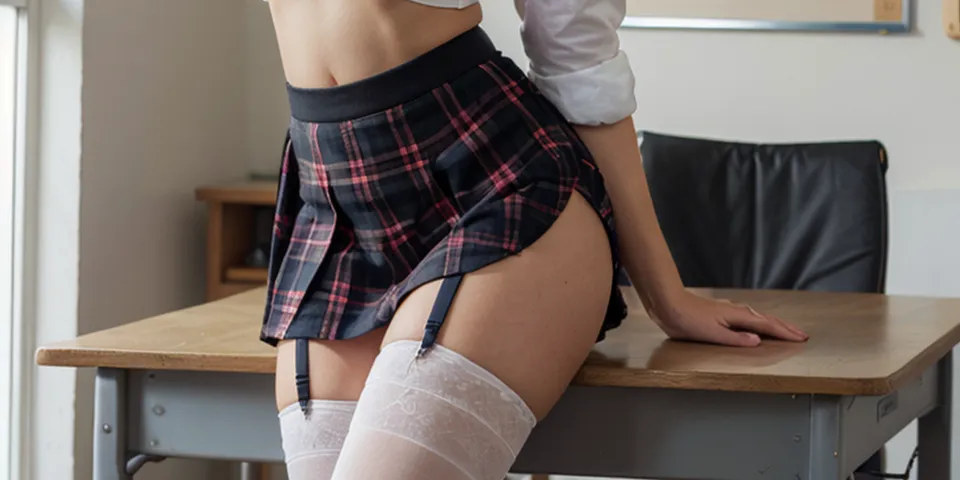In the realm of AI, the creative abilities of virtual assistants like ChatGPT have been groundbreaking. However, one frequent question arises: Can ChatGPT create images? Currently, ChatGPT specializes in text generation and cannot directly create or visualize images. It operates based on a language model developed by OpenAI, primarily focusing on understanding and generating text based on the input it receives.
Understanding AI Language Models
At the core of ChatGPT's prowess is a sophisticated piece of technology known as a language model. This AI is trained on a diverse dataset comprising a wide array of text from books, articles, websites, and other textual content. Its primary function is to predict the next word in a sentence, giving it the ability to generate coherent and contextually appropriate responses. Unlike some newer AI models that can generate images from textual descriptions (like DALL-E 2, another creation of OpenAI), ChatGPT is purely text-based.

The Rise of Visual AI Capabilities
While ChatGPT itself cannot create images, OpenAI and other tech giants are continuously working on integrating text-to-image capabilities into their AI systems. These more advanced systems, such as DALL-E, use a different kind of technology that understands and translates text into visually compelling graphics. They embody the convergence of natural language processing and visual data generation, marking a significant leap in AI development.
Why Can't ChatGPT Create Images?
The design and training of ChatGPT focus exclusively on text data. It's architected to handle complexities within language, from grammar to conceptual reasoning, rather than processing visual information. To generate images, an AI needs to be trained on image data and equipped with algorithms tailored to graphical generation, often based on different principles than those used for text generation.
A Question of Capability Expansion
Inevitably, the question arises: Will ChatGPT ever create images? The potential for integrating image-generating features into ChatGPT or similar models depends on continuous advancements in AI research. With ongoing developments, it is conceivable that future versions of text-based AI models could incorporate multi-modal abilities, enabling them to understand and produce more than just text.
Exploring Alternatives for AI-Generated Imagery
For those interested in AI-generated imagery, there are tools specifically designed for this purpose. Systems like DALL-E, Artbreeder, and DeepArt utilize varying AI technologies to transform textual descriptions into artistic images or edit existing visuals in creative ways. Each has its unique interface and capabilities suited to different types of users, ranging from professional artists to casual users interested in AI's creative potential.
Technological and User Experience Advancements
As AI continues to evolve, the development of integrative tools capable of handling multiple types of media is paramount. This not only enhances user experience by offering more versatile tools but also pushes the envelope in AI research, leading to new applications and innovations. Whether for professional use in design and media industries or personal experimentation, the potential of AI to cross boundaries between text and image promises exciting opportunities ahead.
The Bridge to Future Capabilities
Although ChatGPT cannot yet create images, it represents a significant step towards more complex AI systems that will eventually handle multiple forms of media. These advancements will transform how we interact with AI, making it an even more integral part of creative and analytical processes across various sectors.
FAQs About ChatGPT and Image Generation
- Can ChatGPT create visual content? No, ChatGPT is designed exclusively for text generation and comprehension.
- What AI can generate images? AI models like DALL-E, Artbreeder, and DeepArt are equipped to generate images from text or modify existing images creatively.
- Will ChatGPT ever be able to produce images? It's possible that future iterations of ChatGPT or similar models could integrate capabilities to generate or interpret visual content, but this would require substantial advancements in AI technology and training.
As AI continues its rapid development, staying informed and experimenting with available tools can provide insights and opportunities for creativity and efficiency enhancement. While ChatGPT might not create visuals, its linguistic abilities and the potential for future multi-modal functionalities continue to make it a valuable tool in the AI landscape.






